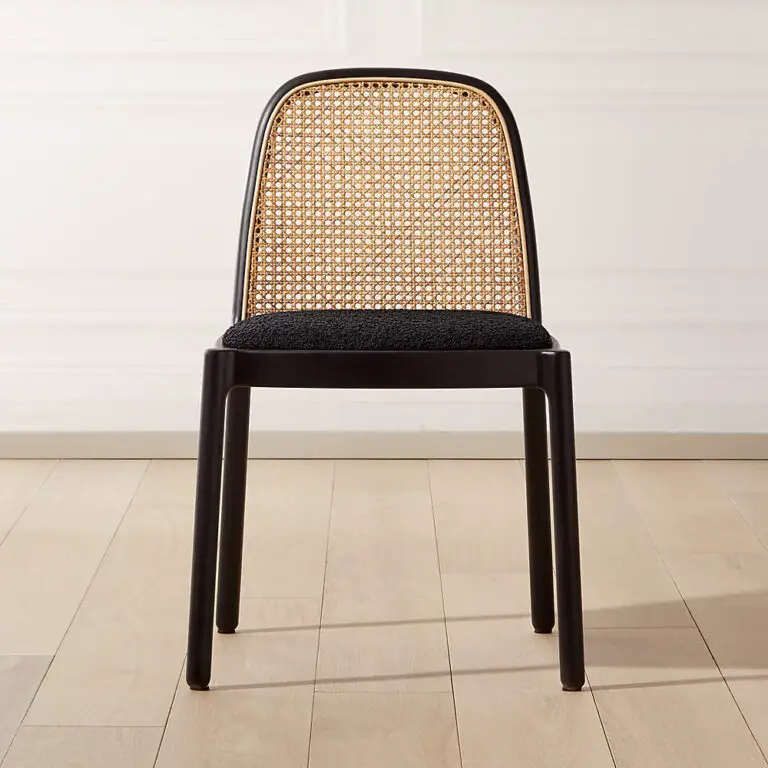What Does Shittim Wood Look Like : Discover Its Unique Appearance
Shittim wood, also known as acacia wood, is a type of wood that holds significant historical and religious significance. It is mentioned numerous times in the Bible and has been used for various purposes throughout history. If you are curious about what shittim wood looks like and its characteristics, you have come to the right place. In this article, we will explore the appearance, qualities, and uses of shittim wood.
Appearance of Shittim Wood
Shittim wood comes from the acacia tree, a species known for its beautiful and unique appearance. The wood has a distinctive grain pattern with colors that range from light yellow to reddish-brown. It is known for its durability and strength, making it a popular choice for furniture and decorative crafts.
The texture of shittim wood is fine and smooth, which makes it ideal for carving and crafting intricate designs. Its natural luster gives finished products a polished look, making it a sought-after material for woodworking projects.
Characteristics of Shittim Wood
Shittim wood possesses several characteristics that make it a valuable and versatile material:
- Durability: Shittim wood is highly durable, resistant to decay, and can withstand varying weather conditions, making it suitable for both indoor and outdoor use.
- Hardness: The wood is known for its hardness, which makes it ideal for creating long-lasting furniture and structural elements.
- Resistance to Insects: Acacia wood contains natural oils that act as a deterrent to insects, making it a popular choice for items that need protection from pests and termites.
- Workability: Shittim wood is easy to work with, allowing artisans to carve, shape, and sand it to achieve intricate designs and smooth finishes.
Uses of Shittim Wood
Throughout history, shittim wood has been used for various purposes due to its exceptional qualities. Some of its common uses include:
- Furniture: Shittim wood is a favored choice for crafting high-quality furniture such as tables, chairs, cabinets, and decorative items due to its strength and attractive appearance.
- Art and Crafts: The fine texture and workability of shittim wood make it ideal for creating intricate carvings, sculptures, and artistic designs.
- Religious Artifacts: In biblical times, shittim wood was used in the construction of the Ark of the Covenant and other sacred items due to its symbolic and durable nature.
- Architectural Elements: The strength and durability of shittim wood make it suitable for use in construction, including beams, flooring, and decorative accents.

Credit: www.pinterest.com
Frequently Asked Questions On What Does Shittim Wood Look Like : Discover Its Unique Appearance
What Is Shittim Wood Used For?
Shittim wood was traditionally used for constructing religious elements such as the Ark of the Covenant.
What Are The Characteristics Of Shittim Wood?
Shittim wood is known for its durability, resistance to decay, and its beautiful, reddish-brown color.
Is Shittim Wood Mentioned In Religious Texts?
Yes, shittim wood is referenced in the Bible, where it was used to build various sacred objects.
Where Can Shittim Wood Be Found?
Shittim wood is native to the Middle East and North Africa, particularly in arid and desert regions.
Conclusion
Shittim wood, derived from the acacia tree, is a remarkable material known for its durability, strength, and attractive appearance. Its unique grain pattern and natural luster make it a popular choice for furniture, decorative crafts, and religious artifacts. Whether used in ancient times for constructing sacred items or in modern woodworking, shittim wood continues to be valued for its exceptional qualities and versatility.
Next time you come across a piece of furniture or artwork made from shittim wood, take a moment to appreciate the beauty and resilience of this timeless material.





